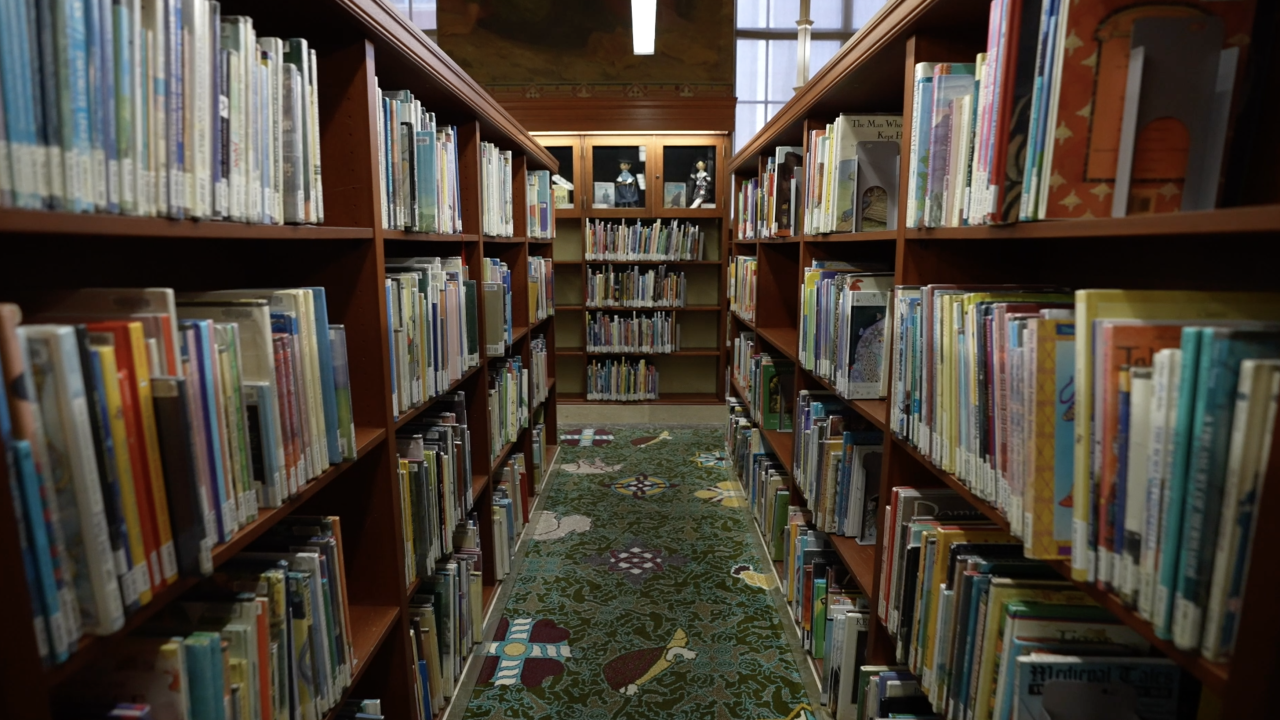The public can now visit the Lexington libraries’ new exhibit, “Undesign the Redline.”
The six branches now offer guests a chance to explore the “deep and systemic history of structural racism and inequality in the United States” through an interactive exhibit.
The display explores the policies of Redlining and the impact it has on life now and even offers solutions to how we “undesign” them now.
The library’s rationale for the exhibit is that “We have to know how we got here to chart where we go next,” the Lexington Public Library website said.
According to the Lexington Library website, the redline exhibit was created by a social impact design studio called “Designing the WE.”
“The exhibit has been in pop-up storefronts, abandoned buildings, social impact conferences, corporate headquarters, and on the street.”
The exhibit has made headlines in major cities, including Baltimore, Cleveland, Chicago, Denver, Los Angeles and New Orleans.
According to the designers, as the exhibit moves throughout the dozens of cities across the country, it grows as a kind of living and learning display. A part of the goal is for cities and their residents to “Become a part of a larger conversation, as many of the elements of the exhibit have been inspired by and added to by those who have visited previous installations.”
This happens with experts and advisory groups adding onto the information with their own cities’ history and redlining experience.
“A local advisory group has helped to produce local history and stories about Redlining in Lexington,” the Lexington Public Library website said.
Lexington’s history shows a significant impact from Redlining, which is defined as an “Illegal discriminatory practice in which a mortgage lender denies loans or an insurance provider restricts services to certain areas of a community, often because of the racial characteristics of the applicant’s neighborhood,” Britannica said. “Redlining practices also include unfair and abusive loan terms for borrowers, outright deception, and penalties for prepaying loans.”
The term was coined in connection with the color-coded system loan corporations would use to outline areas they ranked based on desirability. Neighborhoods they liked in more affluent areas were marked blue or green, and less affluent but still desirable areas were yellow. Red marks were an indication of mixed-race or African-American neighborhoods, ones they deemed “high risk” for loans, which kept the area impoverished without the ability to get mortgages or loans to get out of the area.
This kept areas segregated and led to issues of systematic racism that are still prevalent in society today.
Other issues from redlined areas include health issues, according to a study in the National Library of Medicine that was published earlier this year.
“There is emerging evidence that structural racism is a major contributor to poor health outcomes for ethnic minorities,” the article Modern Day Consequences of Historic Redlining: Finding a Path Forward said. “Historical redlining is linked to increased risk of diabetes, hypertension, and early mortality due to heart disease with evidence suggesting it impacts health through suppressing economic opportunity and human capital, or the knowledge, skills, and value one contributes to society.”
Last year, the Lexington Times published a map showing the impact of redlining in the surrounding area and how that factored into modern-day Lexington.
The Lexington Library exhibit explores this and the current steps cities and residents can take to begin “undesigning the redline.”
There will also be personal stories from locals and people nationwide who were affected by redlining to “humanize the lessons of history.”
The exhibit is open through Nov. 17, with events throughout the branches until then.


